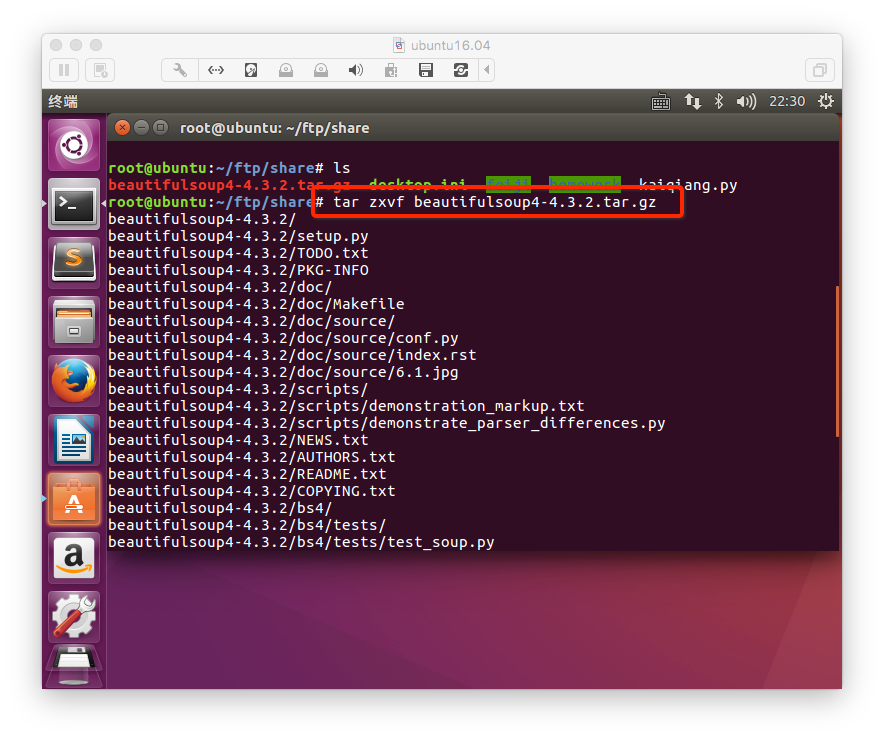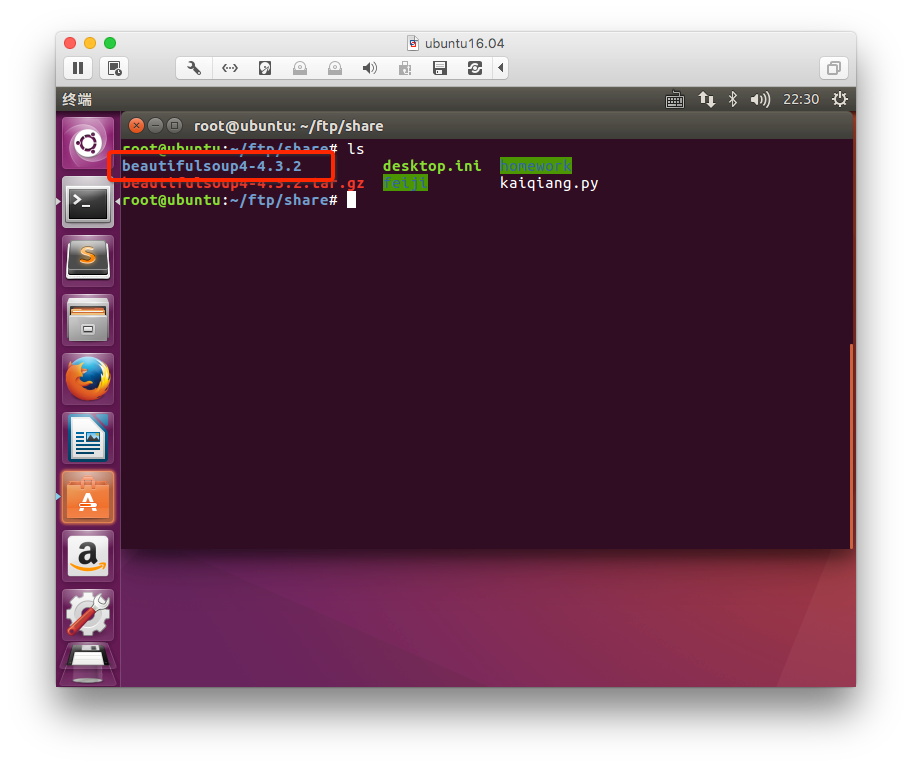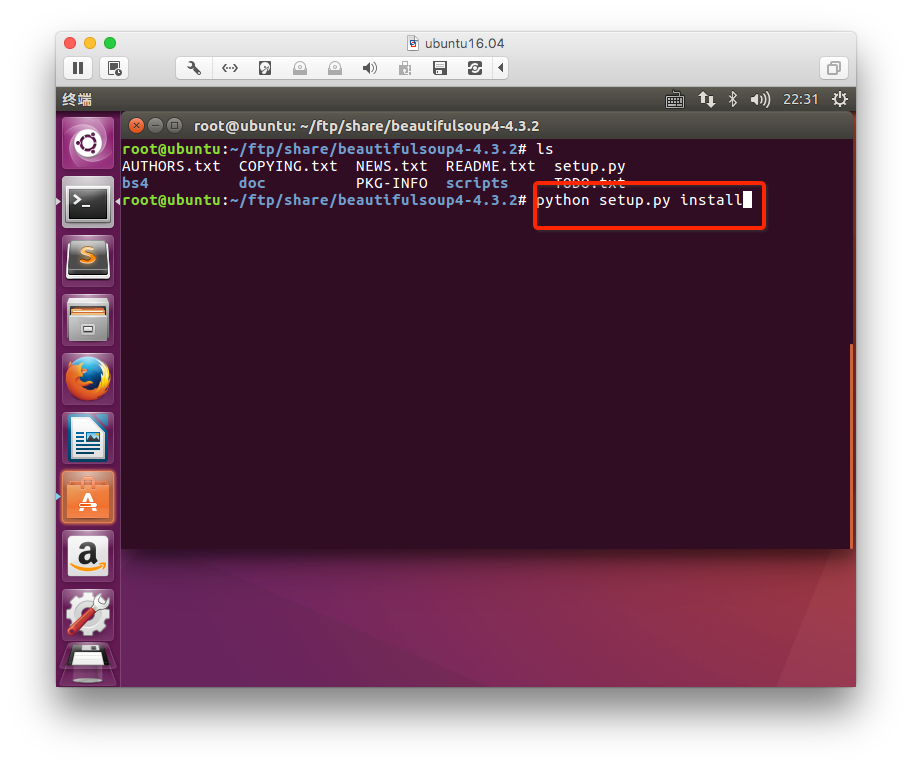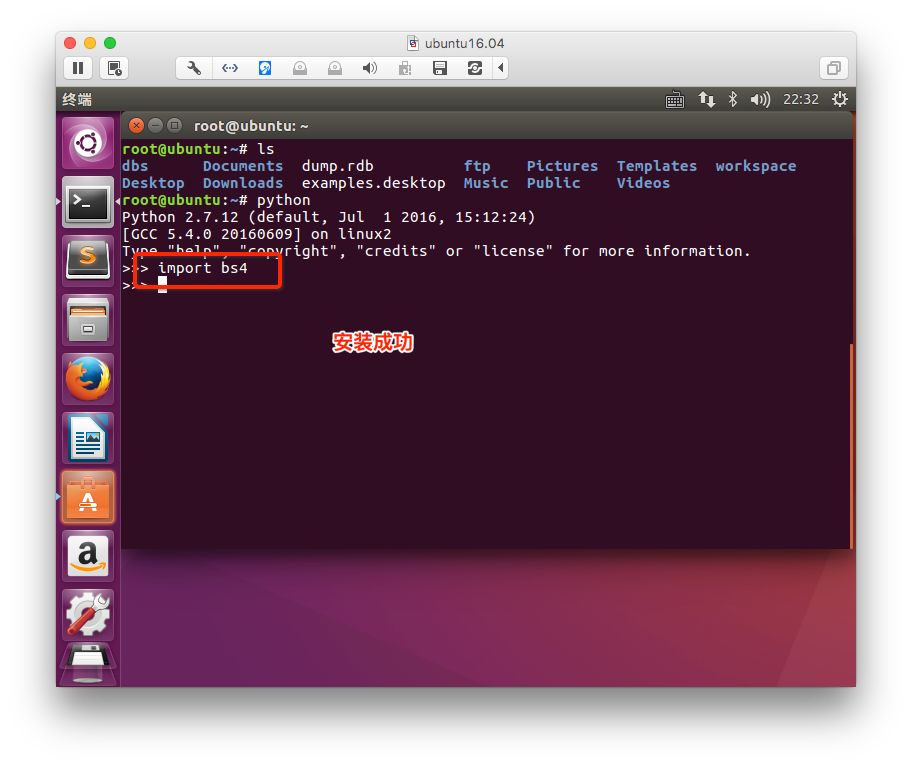爬虫5_python2_使用 Beautiful Soup 解析数据
使用 Beautiful Soup 解析数据(感谢东哥)
有的小伙伴们对写正则表达式的写法用得不熟练,没关系,我们还有一个更强大的工具,叫Beautiful Soup,有了它我们可以很方便地提取出HTML或XML标签中的内容,实在是方便,这一节就让我们一起来感受一下Beautiful Soup的魅力
1. Beautiful Soup的简介
简单来说,Beautiful Soup是python的一个库,最主要的功能是从网页抓取数据。官方解释如下:
Beautiful Soup提供一些简单的、python式的函数用来处理导航、搜索、修改分析树等功能。它是一个工具箱,通过解析文档为用户提供需要抓取的数据,因为简单,所以不需要多少代码就可以写出一个完整的应用程序。 Beautiful Soup自动将输入文档转换为Unicode编码,输出文档转换为utf-8编码。你不需要考虑编码方式,除非文档没有指定一个编码方式,这时,Beautiful Soup就不能自动识别编码方式了。然后,你仅仅需要说明一下原始编码方式就可以了。 Beautiful Soup已成为和lxml、html6lib一样出色的python解释器,为用户灵活地提供不同的解析策略或强劲的速度。
2. 安装
下载地址:https://pypi.python.org/pypi/beautifulsoup4/4.3.2
官方文档:http://beautifulsoup.readthedocs.org/zh_CN/latest




3. 使用
1 | from bs4 import BeautifulSoup |
我们创建一个字符串,后面的例子我们便会用它来演示
1 2 3 4 5 6 7 8 9 10 | html = """<html><head><title>The Dormouse's story</title></head> <body> <p class="title" name="dromouse"><b>The Dormouse's story</b></p> <p class="story">Once upon a time there were three little sisters; and their names were <a href="http://example.com/elsie" class="sister" id="link1"><!-- Elsie --></a>, <a href="http://example.com/lacie" class="sister" id="link2">Lacie</a> and <a href="http://example.com/tillie" class="sister" id="link3">Tillie</a>; and they lived at the bottom of a well.</p> <p class="story">...</p> """ |
创建 beautifulsoup 对象
1 | soup = BeautifulSoup(html) |
下面我们来打印一下 soup 对象的内容,格式化输出
1 | print soup.prettify() |
3.1 找标签
直接打印标签
1 2 3 4 5 6 7 8 | print soup.title#<title>The Dormouse's story</title>print soup.head#<head><title>The Dormouse's story</title></head>print soup.a#<a class="sister" href="http://example.com/elsie" id="link1"><!-- Elsie --></a>print soup.p#<p class="title" name="dromouse"><b>The Dormouse's story</b></p> |
我们可以利用 soup加标签名轻松地获取这些标签的内容,是不是感觉比正则表达式方便多了?不过有一点是,它查找的是在所有内容中的第一个符合要求的标签
对于标签,它有两个重要的属性,是 name 和 attrs,下面我们分别来感受一下
1 2 3 4 | print soup.nameprint soup.head.name#[document]#head |
soup 对象本身比较特殊,它的 name 即为 [document],对于其他内部标签,输出的值便为标签本身的名称
1 2 | print soup.p.attrs#{'class': ['title'], 'name': 'dromouse'} |
在这里,我们把 p 标签的所有属性打印输出了出来,得到的类型是一个字典。
如果我们想要单独获取某个属性,可以这样,例如我们获取它的 class 叫什么
1 2 | print soup.p['class']#['title'] |
3.2 获取文字
既然我们已经得到了标签的内容,那么问题来了,我们要想获取标签内部的文字怎么办呢?很简单,用 .string 即可,例
1 2 | print soup.p.string#The Dormouse's story |
3.3 CSS选择器
在CSS中,标签名不加任何修饰,类名前加点,id名前加 #,在这里我们也可以利用类似的方法来筛选元素,用到的方法是 soup.select(),返回类型是 list
3.3.1 通过标签名查找
1 2 | print soup.select('title') #[<title>The Dormouse's story</title>] |
3.3.2 通过类名查找
1 2 | print soup.select('.sister')#[<a class="sister" href="http://example.com/elsie" id="link1"><!-- Elsie --></a>, <a class="sister" href="http://example.com/lacie" id="link2">Lacie</a>, <a class="sister" href="http://example.com/tillie" id="link3">Tillie</a>] |
3.3.3 通过 id 名查找
1 2 | print soup.select('#link1')#[<a class="sister" href="http://example.com/elsie" id="link1"><!-- Elsie --></a>] |
3.3.4 组合查找
组合查找即和写 class 文件时,标签名与类名、id名进行的组合原理是一样的,例如查找 p 标签中,id 等于 link1的内容,二者需要用空格分开
1 2 | print soup.select('p #link1')#[<a class="sister" href="http://example.com/elsie" id="link1"><!-- Elsie --></a>] |
3.3.5 直接子标签查找
1 2 | print soup.select("head > title")#[<title>The Dormouse's story</title>] |
3.3.6 属性查找
查找时还可以加入属性元素,属性需要用中括号括起来,注意属性和标签属于同一节点,所以中间不能加空格,否则会无法匹配到
1 2 3 4 | print soup.select('a[class="sister"]')#[<a class="sister" href="http://example.com/elsie" id="link1"><!-- Elsie --></a>, <a class="sister" href="http://example.com/lacie" id="link2">Lacie</a>, <a class="sister" href="http://example.com/tillie" id="link3">Tillie</a>]print soup.select('a[href="http://example.com/elsie"]')#[<a class="sister" href="http://example.com/elsie" id="link1"><!-- Elsie --></a>] |
同样,属性仍然可以与上述查找方式组合,不在同一节点的空格隔开,同一节点的不加空格
1 2 | print soup.select('p a[href="http://example.com/elsie"]')#[<a class="sister" href="http://example.com/elsie" id="link1"><!-- Elsie --></a>] |



【推荐】编程新体验,更懂你的AI,立即体验豆包MarsCode编程助手
【推荐】凌霞软件回馈社区,博客园 & 1Panel & Halo 联合会员上线
【推荐】抖音旗下AI助手豆包,你的智能百科全书,全免费不限次数
【推荐】博客园社区专享云产品让利特惠,阿里云新客6.5折上折
【推荐】轻量又高性能的 SSH 工具 IShell:AI 加持,快人一步